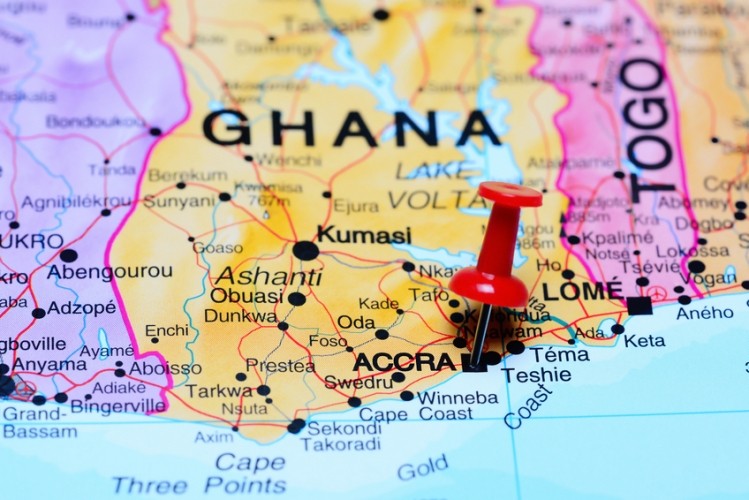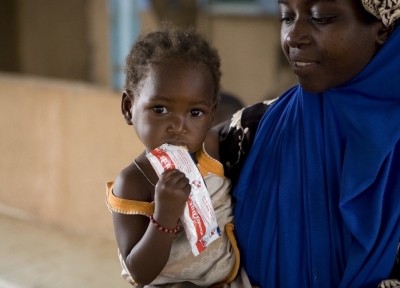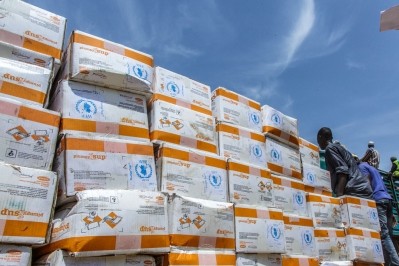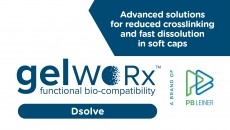Child undernutrition hits Ghana's GDP hard: UN-backed report

The latest Cost of Hunger in Africa (COHA) study calculated that some 4.6 billion Ghana cedi ($2.6bn/€2.3bn) – that’s 6.4% of the country’s GDP – was lost every year to the effects of child undernutrition through the “vast amounts” spent on increased healthcare costs, added burdens for the education system and lost workforce productivity.
In the report's foreword director general of Ghana's National Development Planning Commission, Dr Nii Moi Thompson, said: "Nutrition is too often regarded narrowly as 'a health issue' only, when in fact it has broader social and economic implications."
The paper noted Ghana’s progress in improving child nutrition over the past two decades – reducing chronic malnutrition or stunting from 23 to 19%.
Yet it said there was “critical need” for further progress as 24% of all child mortality cases in Ghana were still associated with undernutrition.
“[T]he cost of inaction would be too colossal for the economy both now and in the future and hence [this report] makes a case for Ghana to leverage policy actions for a drastic reduction of stunting and malnutrition in the next ten to fifteen years,” concluded the paper, which was financially backed by the likes of the UN, the Ghanain government and the Rockefeller Foundation among others.
Stunted potential
The report showed 37% of adults in Ghana suffered from stunting as children.
The elimination of stunting, which occurs when children miss out on key nutrients in the womb and in the first two years of life, has been highlighted as critical in achieving UN's 2030 Zero Hunger development goal.
Several countries in Africa including Ghana are already planning to set a goal to reduce stunting to 10% by the year 2025, which would represent a 56% decrease from 2012.
Yet the report recommended “aggressive targets” be set in Ghana for the reduction of stunting that “go beyond proportional reduction, to an absolute goal”.
Ring-fencing funds
In a statement on the report, director of social development policy at the Economic Commission for Africa, Professor Takyiwaa Manuh, said: “Ensuring a generation free from malnutrition requires significant investments in nutrition strategies and interventions. There is therefore a need for Ghana to forge strategic partnerships with key stakeholders, particularly the private sector and non-state actors, to combat undernutrition holistically.”
The COHA report said the Ghanaian government commitment on nutrition should be backed by a statutory provision or benchmark allowing a certain percentage of common funds be spent on nutrition related programmes.
This is the latest report from the African Union Commission-led COHA initiative launched in March 2012.
Supported by the Economic Commission for Africa and the UN's World Food Programme, COHA aims to quantify the social and economic impact of undernutrition on children and by extension national development.
Similar studies have so far been conducted in Egypt, Ethiopia, Swaziland, Uganda, Burkina Faso, Malawi and Rwanda, and are due to be carried out in Chad, Lesotho, Mozambique, Madagascar and Mauritania.
One-stop shop for nutrition issues
As well as adequate funding, the report said greater communication on and coordination of nutrition work would be key in bringing undernutrition rates down.
“As part of a wider communication strategy, authorities should enhance information flow and reporting by establishing a dedicated website/portal for nutrition interventions in Ghana,” it recommended.
“By creating a one-stop information shop for nutrition issues in Ghana, it is envisaged that key stakeholders can be continuously engaged on nutrition matters. The proposed one-stop-public-information-shop will subsequently help to generate national policy debates to advocate for a specific allocation in the national budget for nutrition activities.”
Peanut paste
The World Health Organisation (WHO) backs Ready-to-use Therapeutic Food (RUTF) products - peanut butter mixed with dried skimmed milk and vitamins and minerals – as one possible solution to malnutrition in the developing world.
Last year US chocolate giant Hershey said it aimed to reach 50,000 Ghanaian school children by 2016 with its free fortified peanut-based paste supplement Vivi.
It committed to sourcing 100% of the peanuts locally – for which 7,500 peanut farmers in Ghana would be trained – and the firm said this would also benefit the country’s economy.















